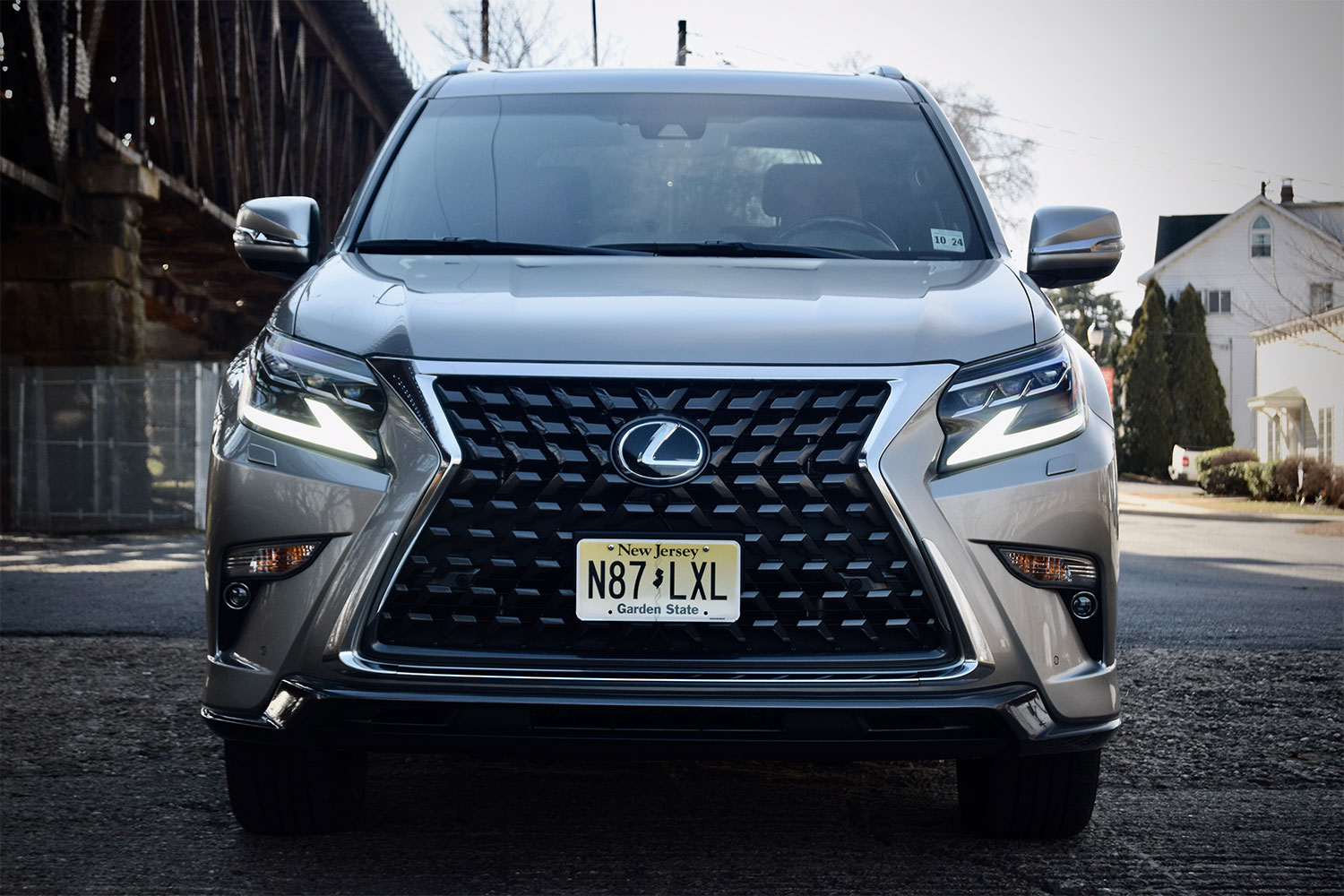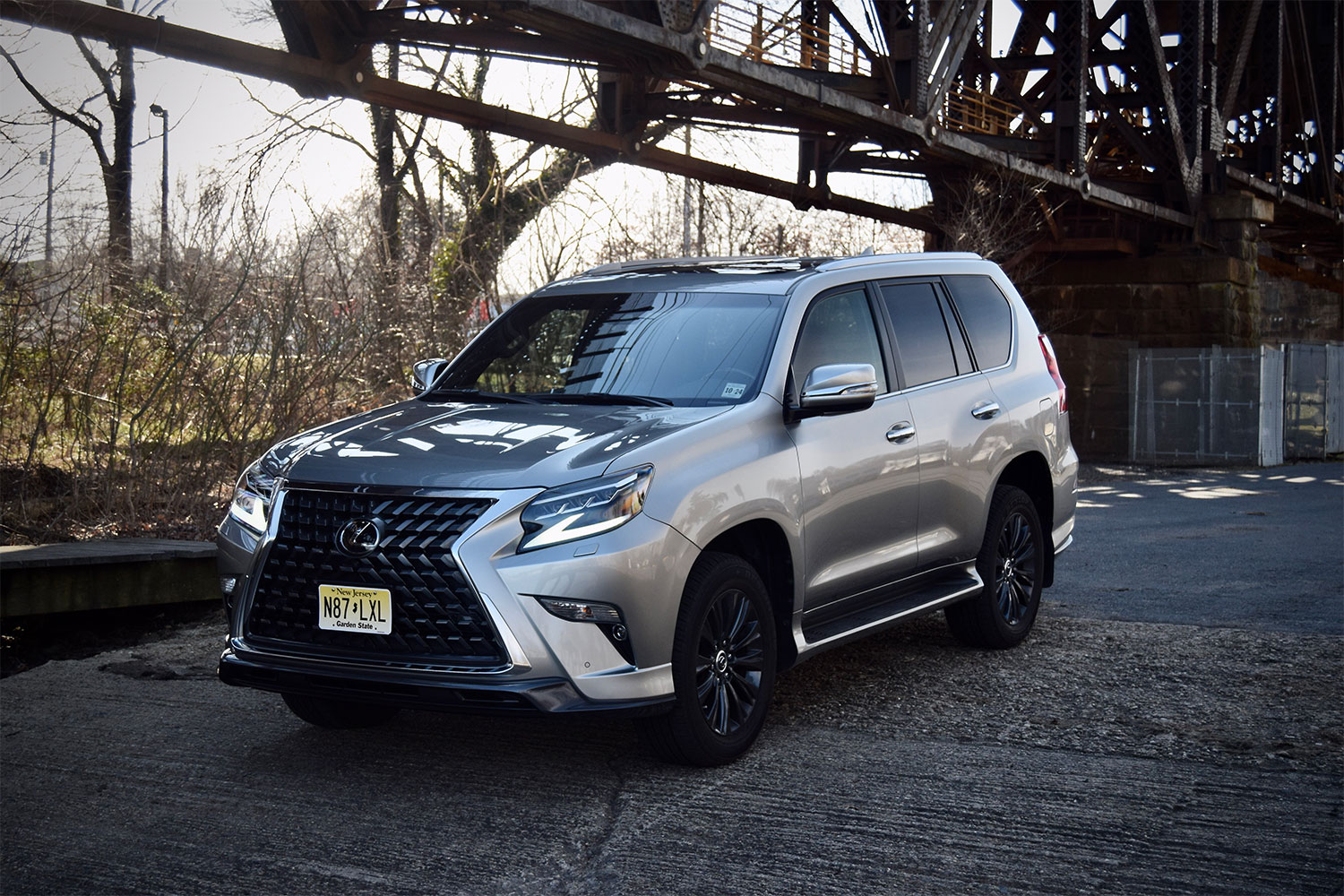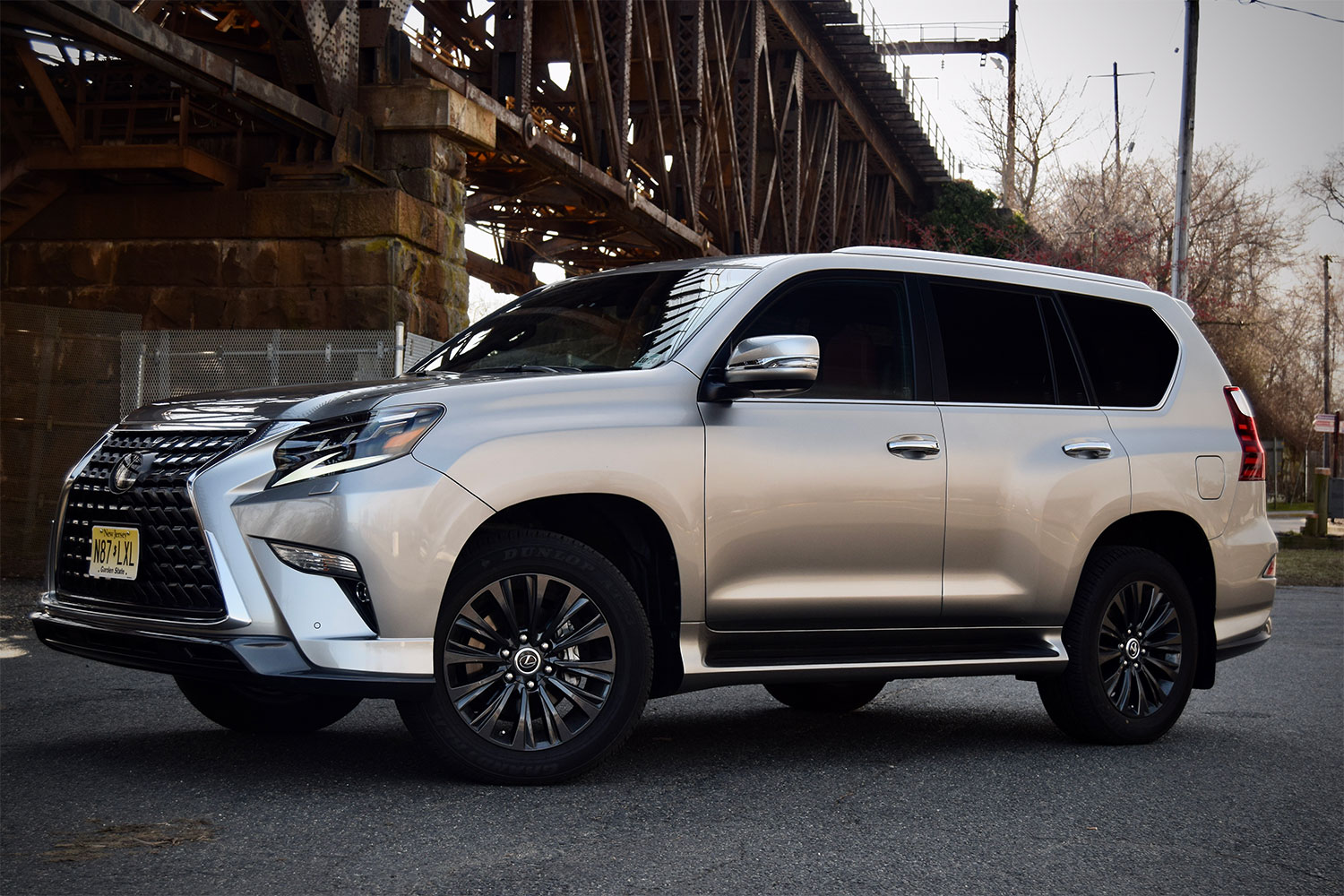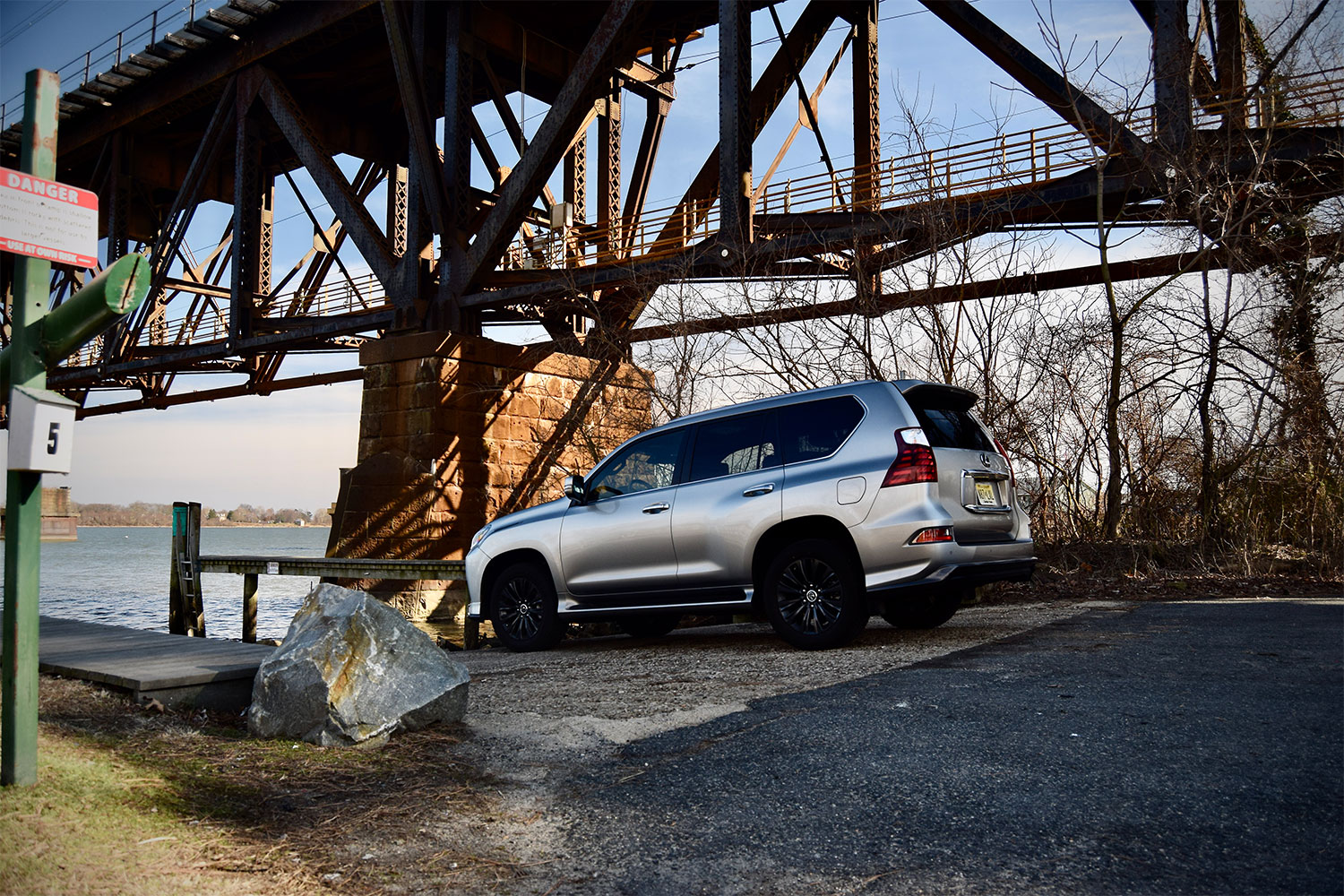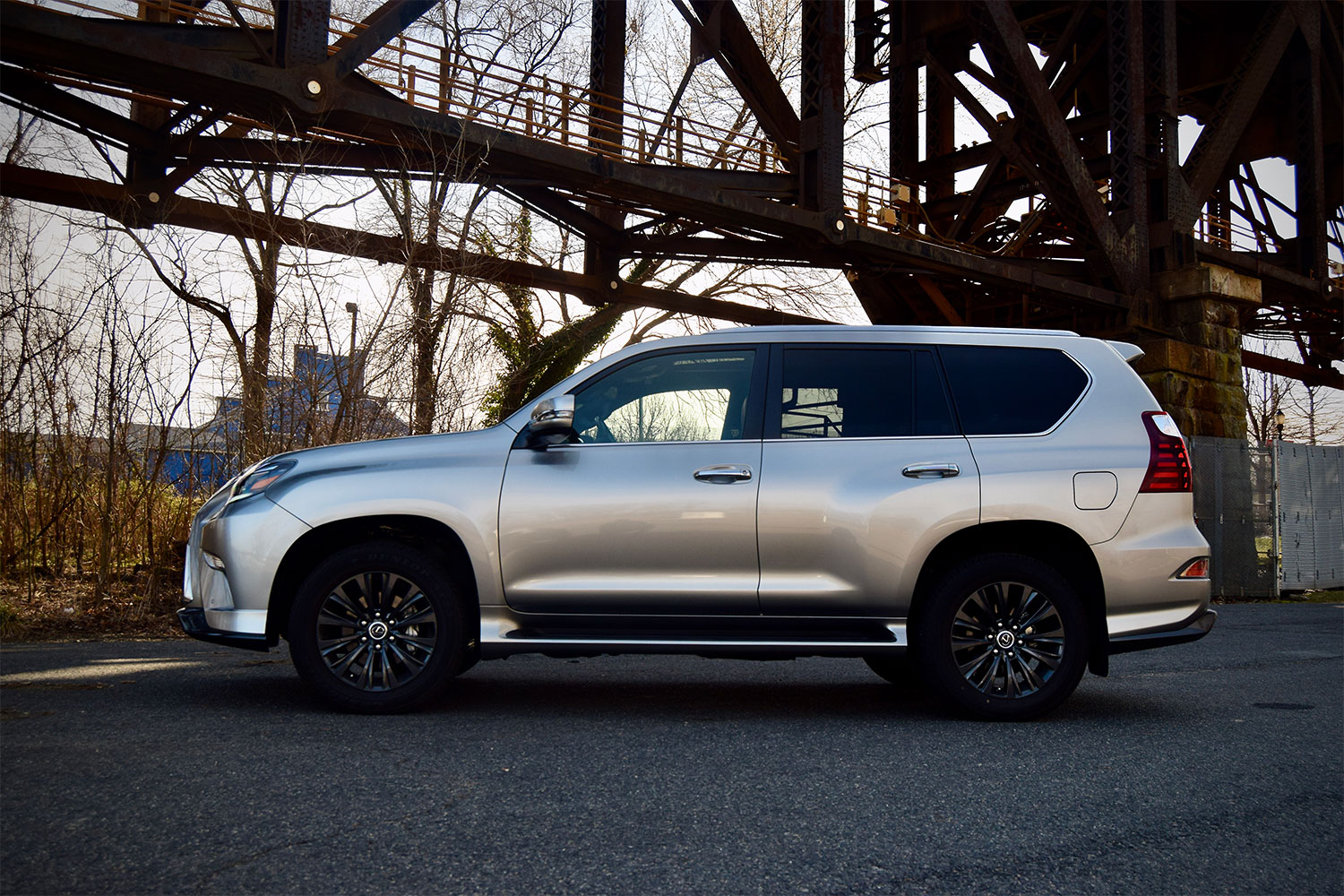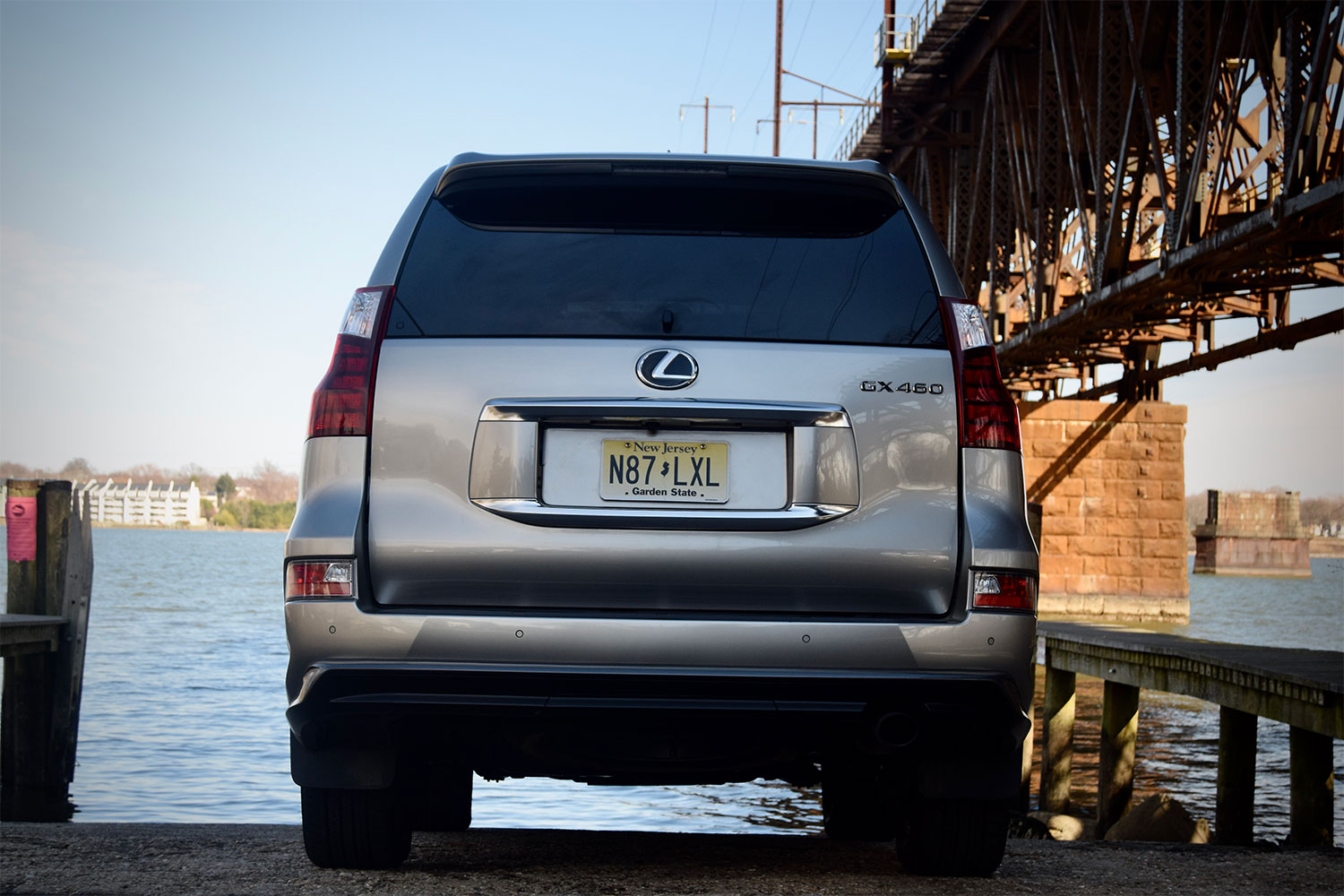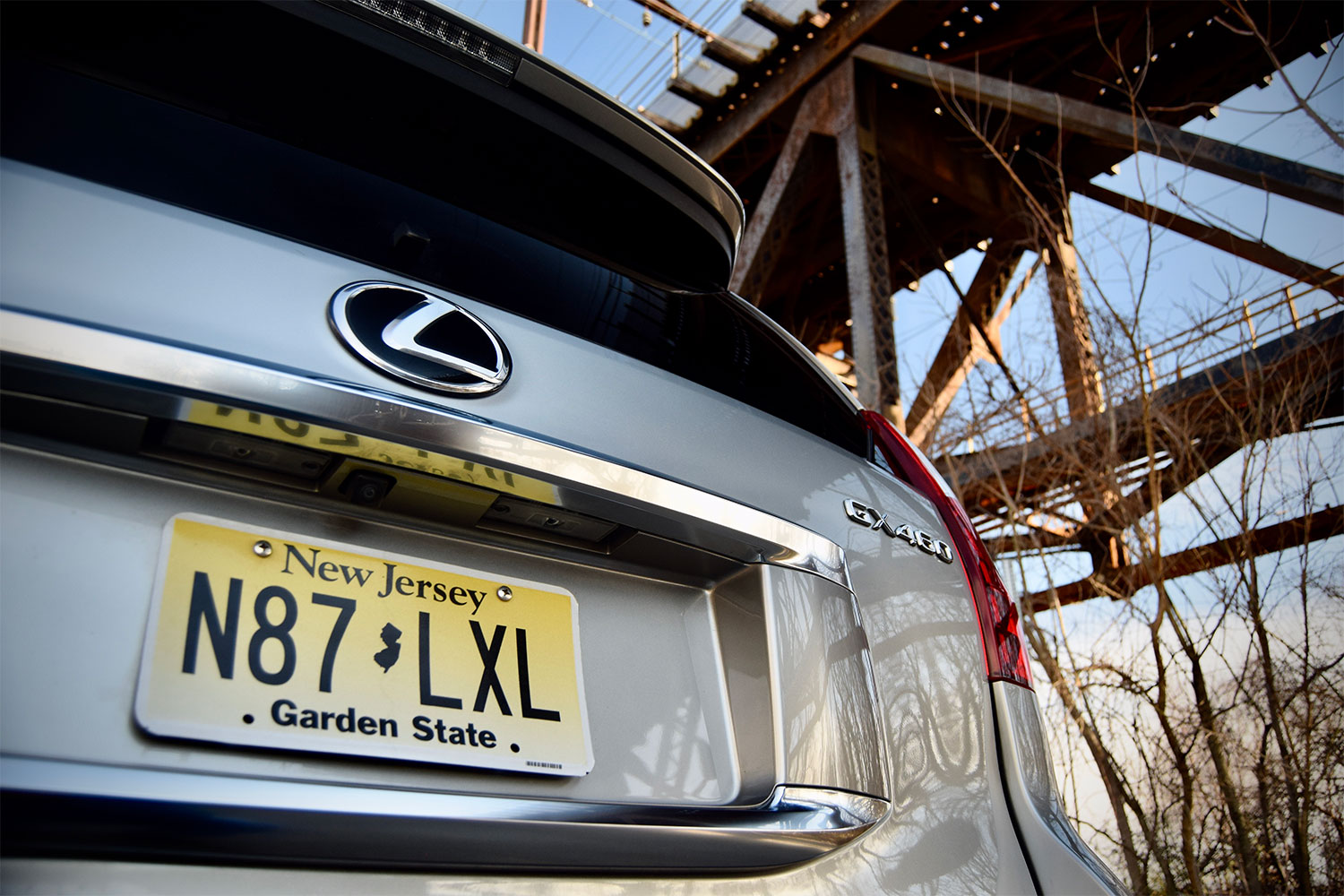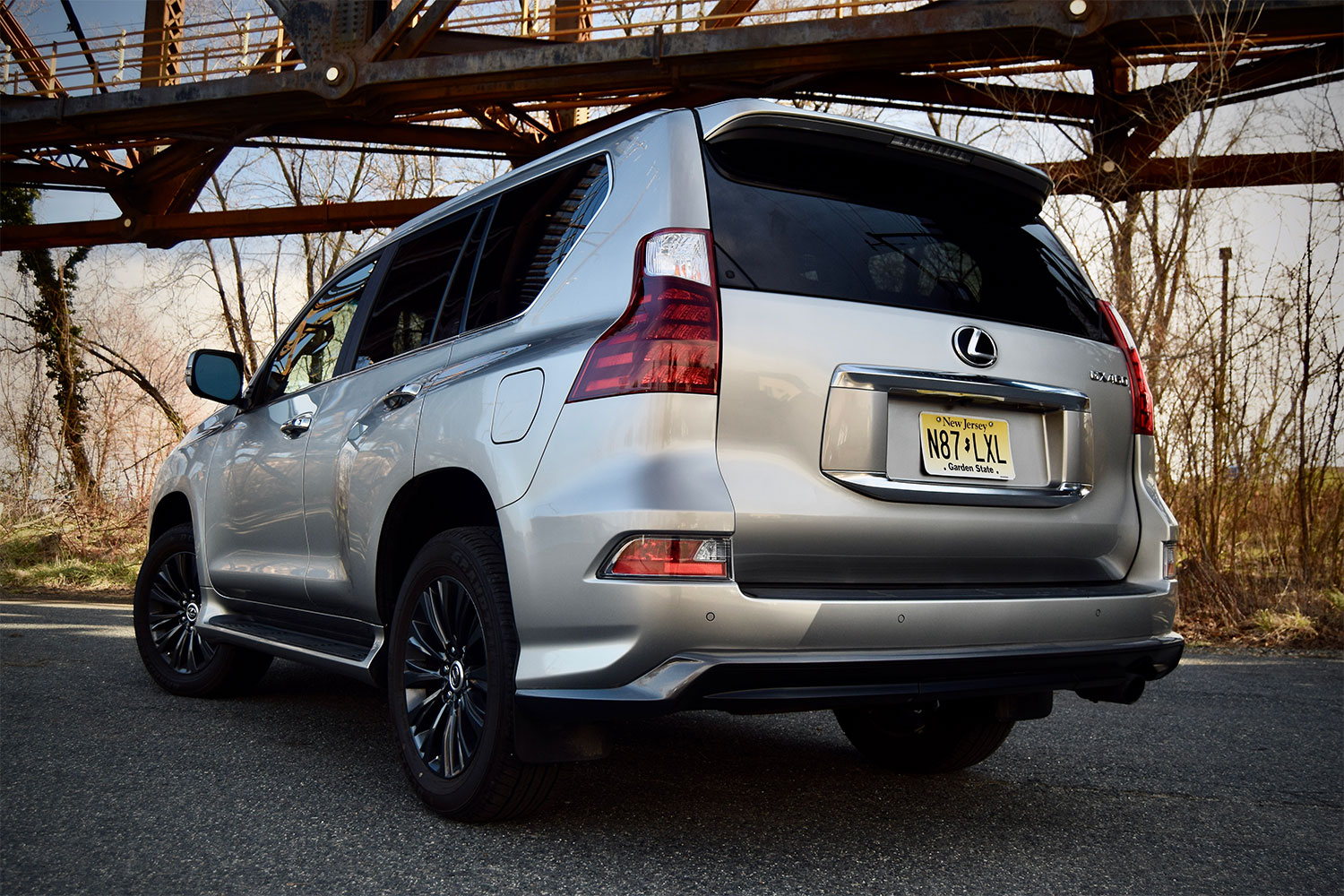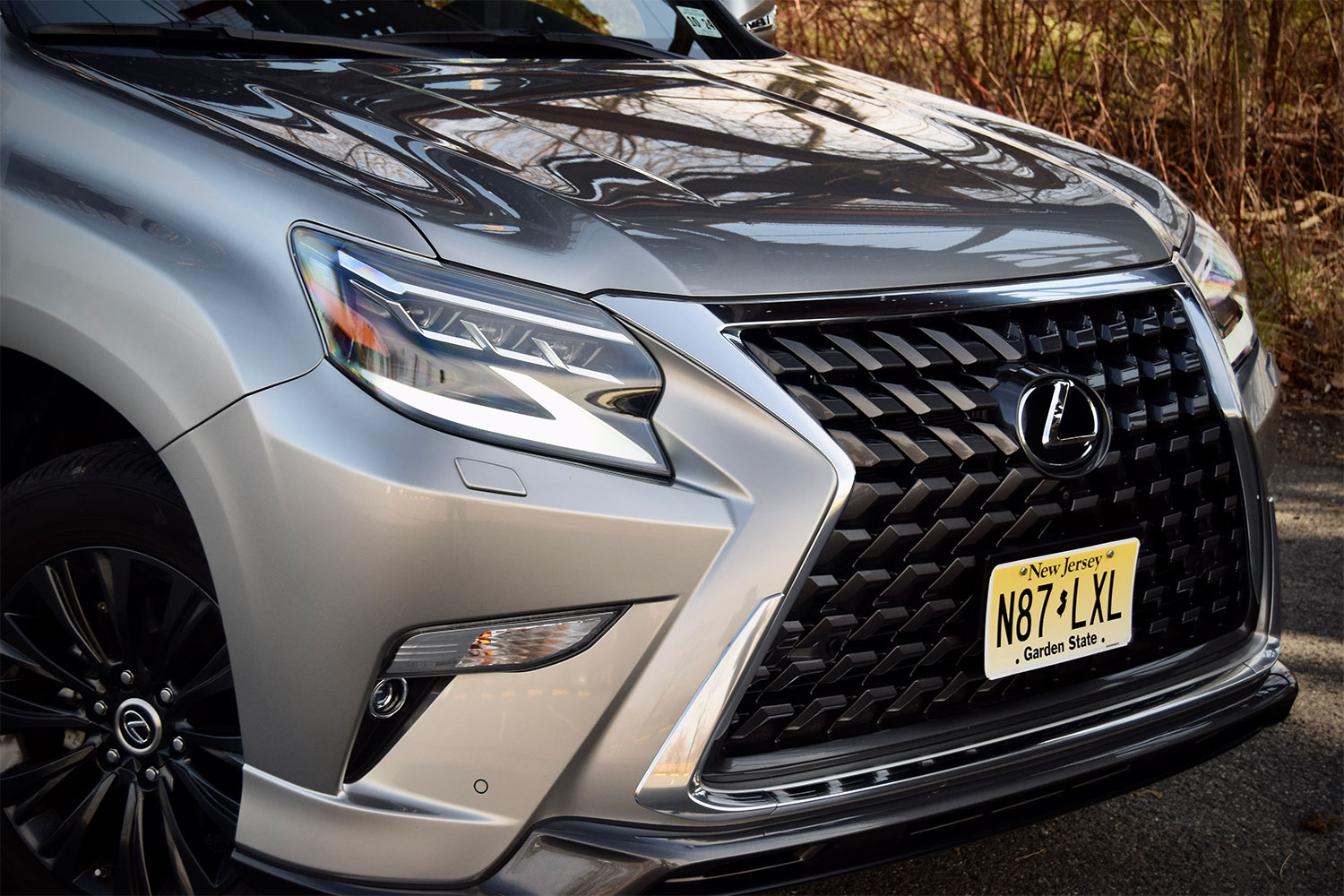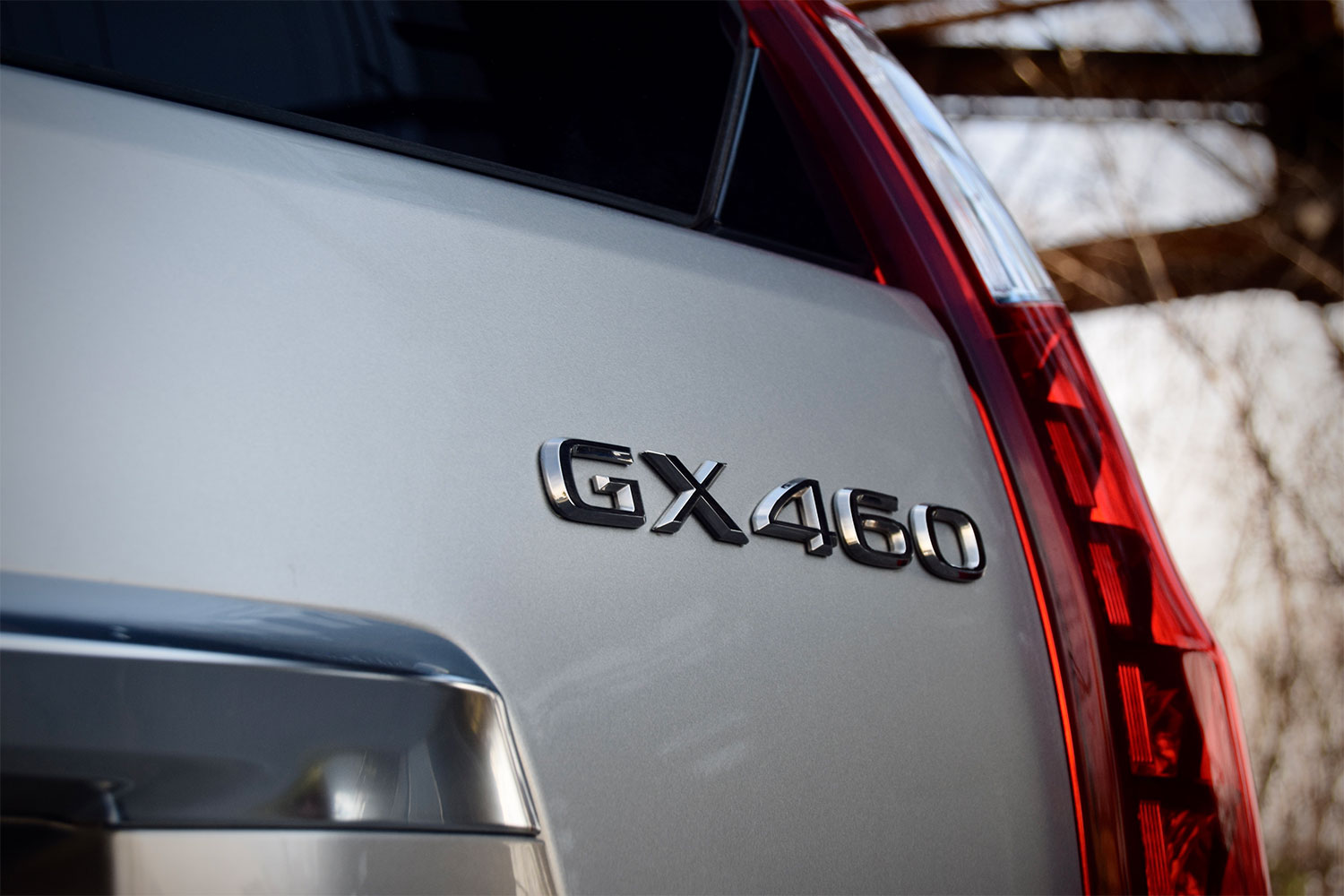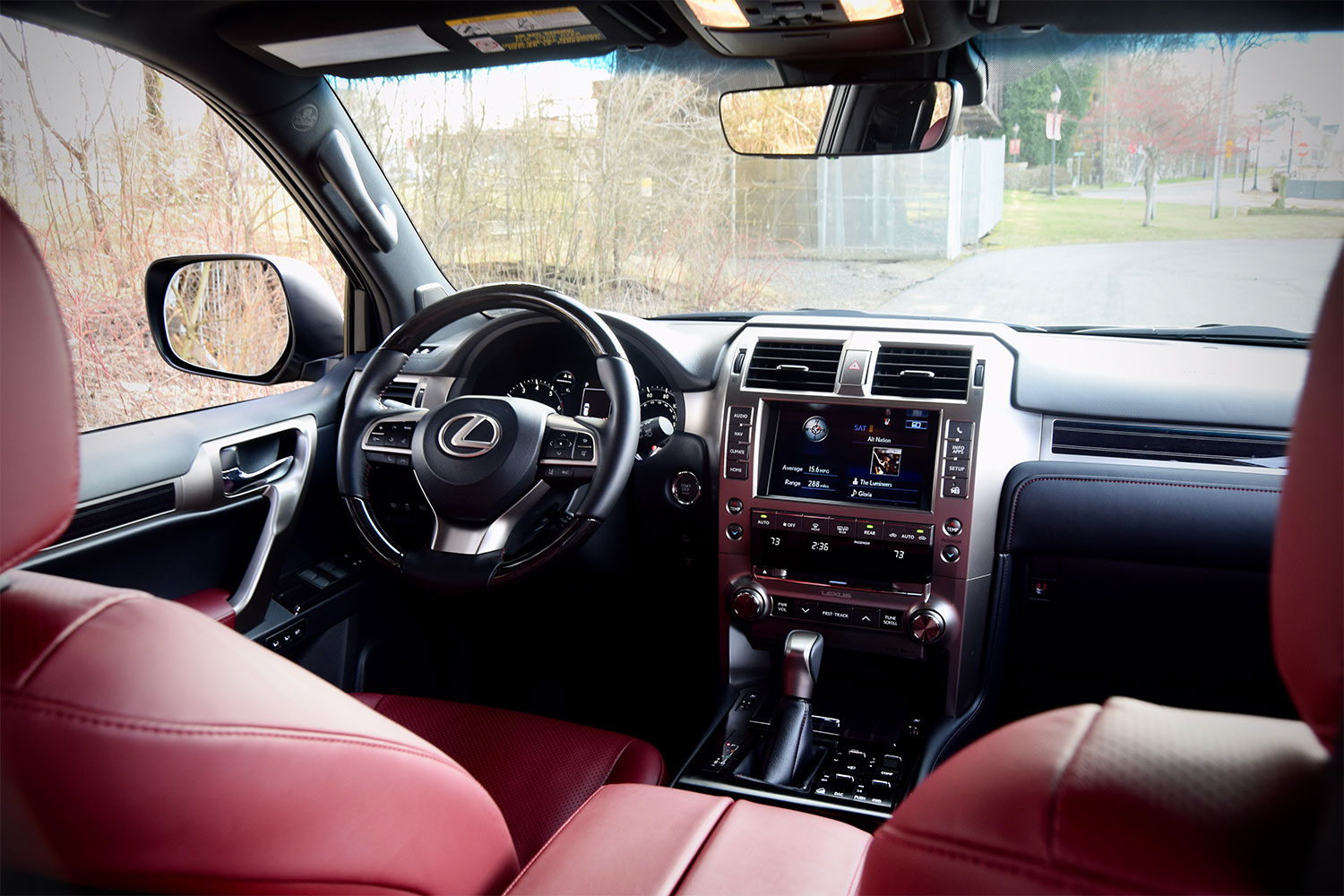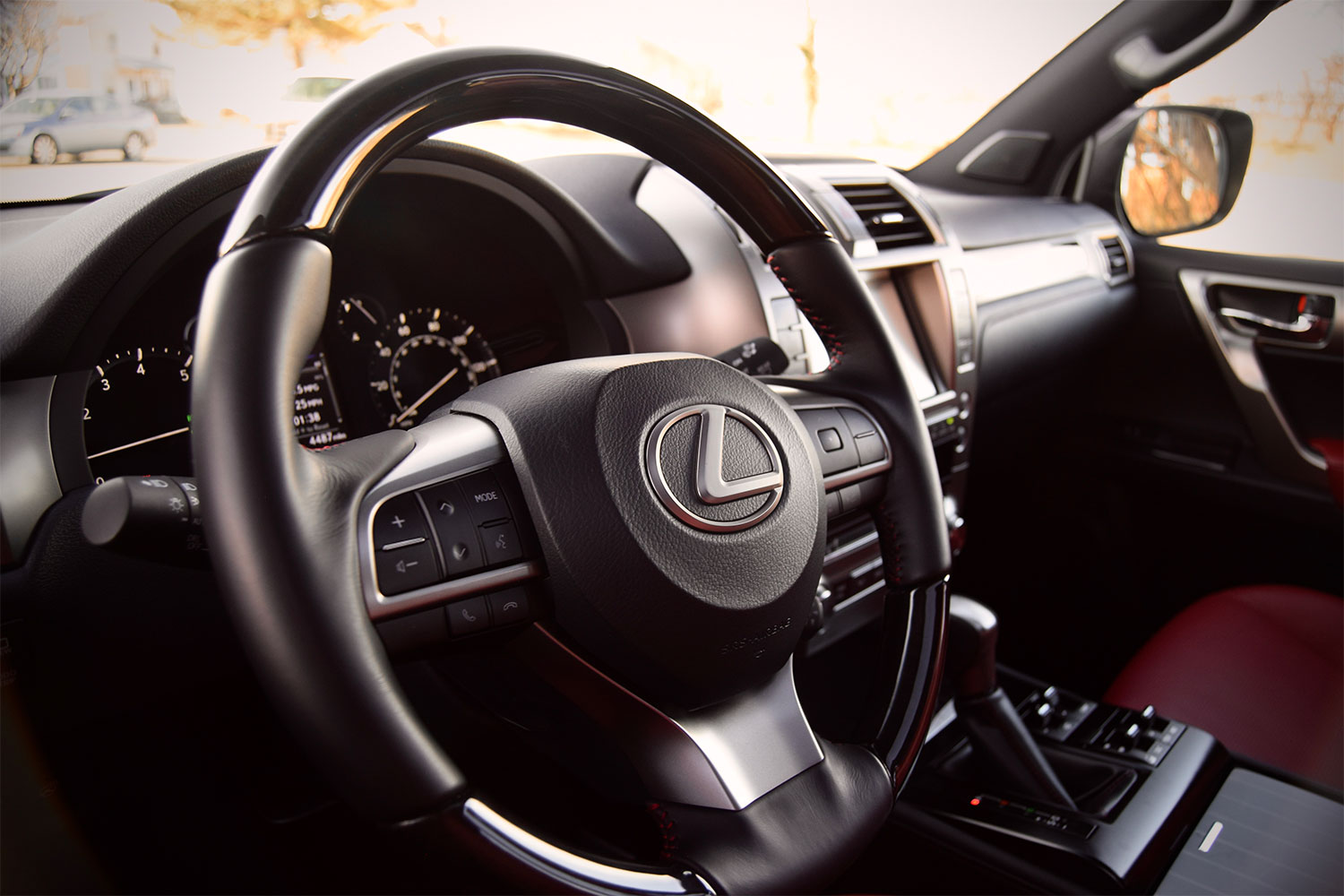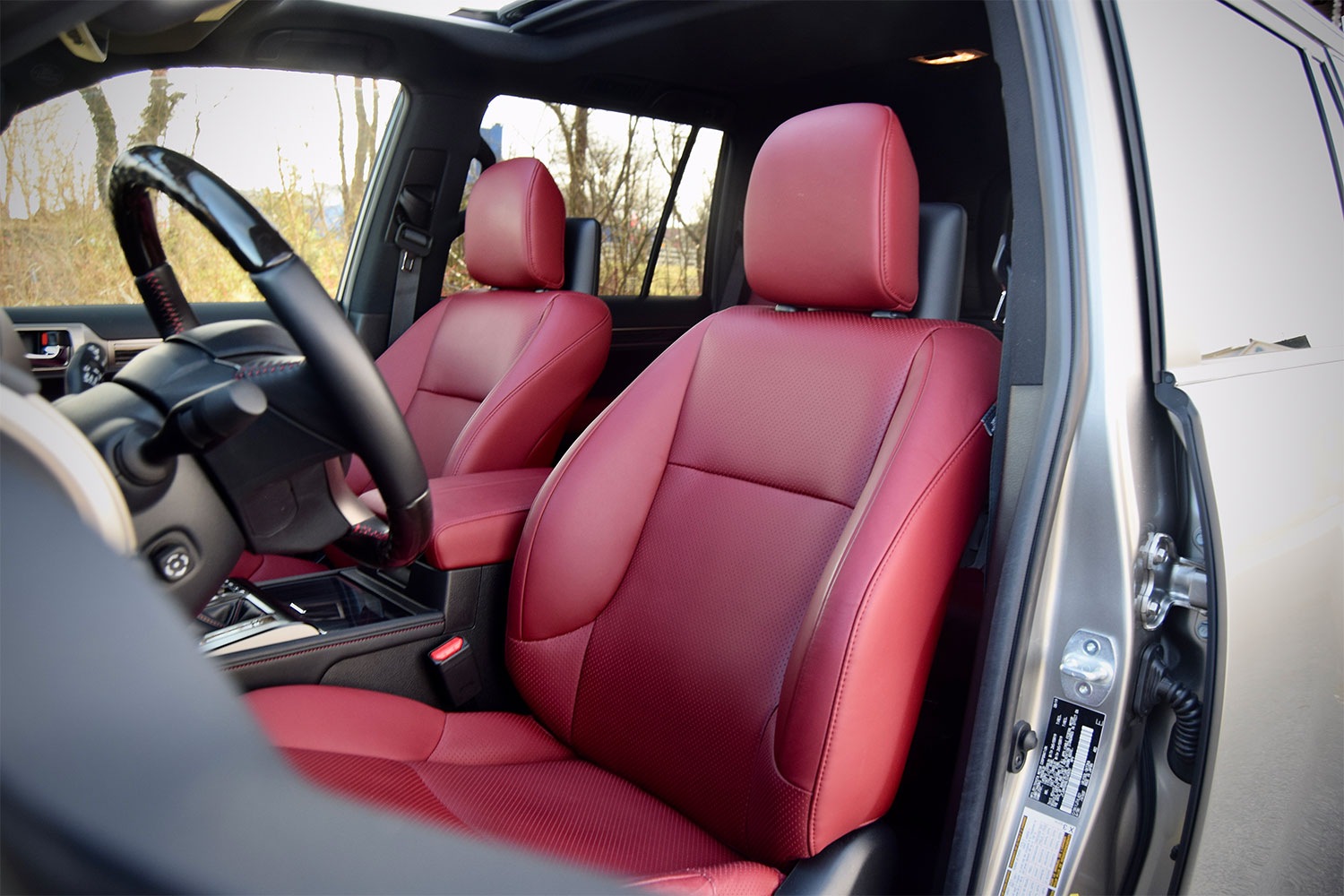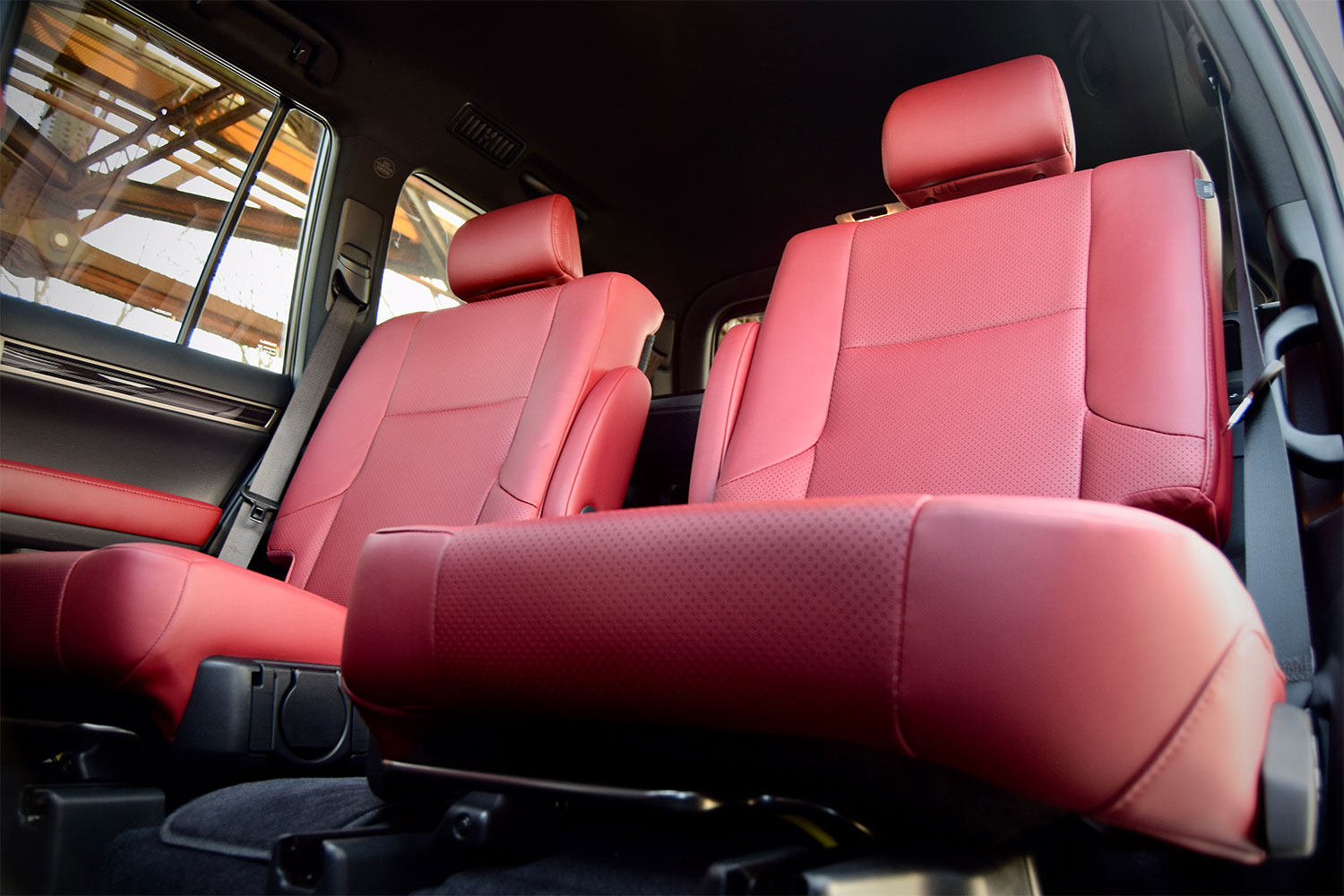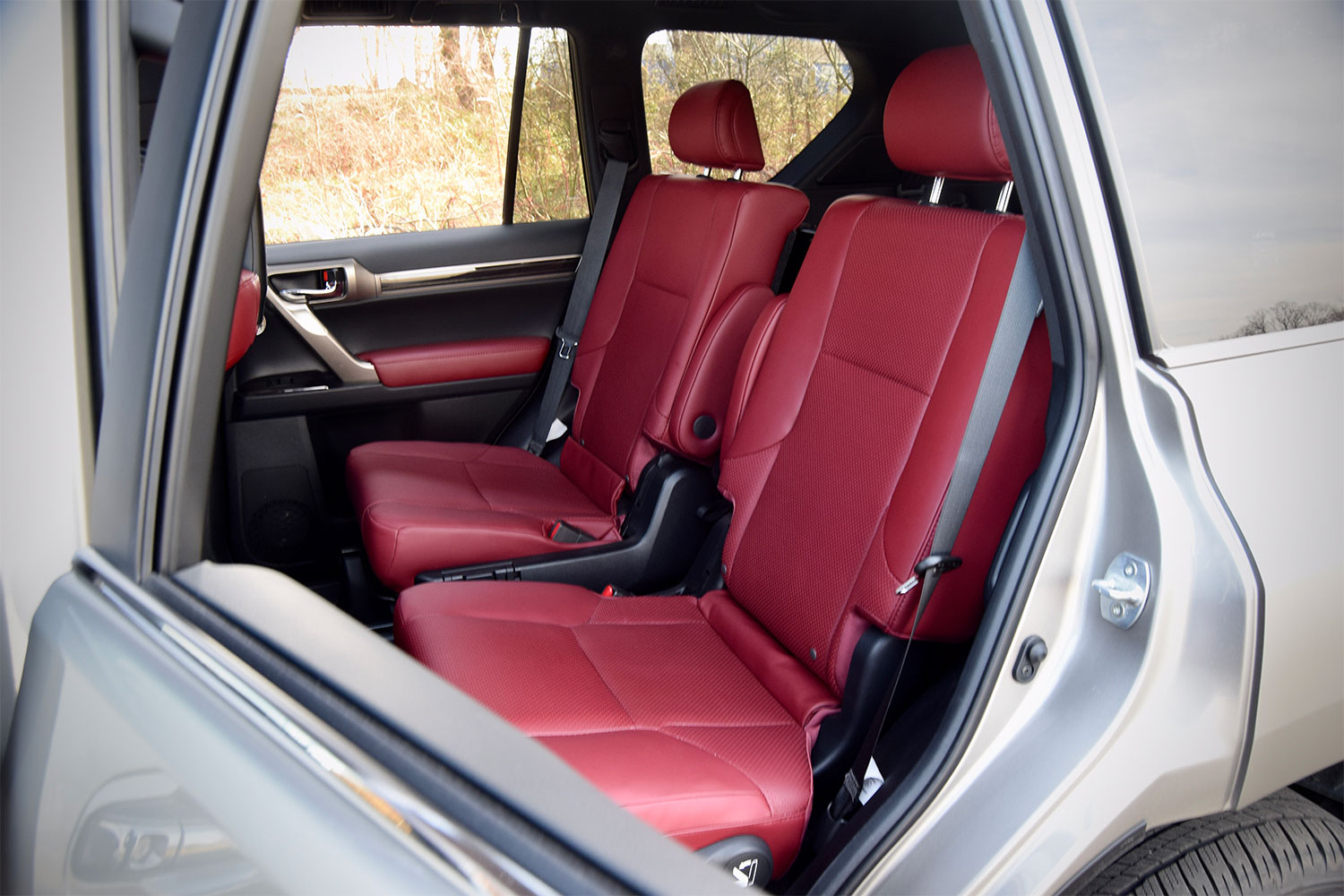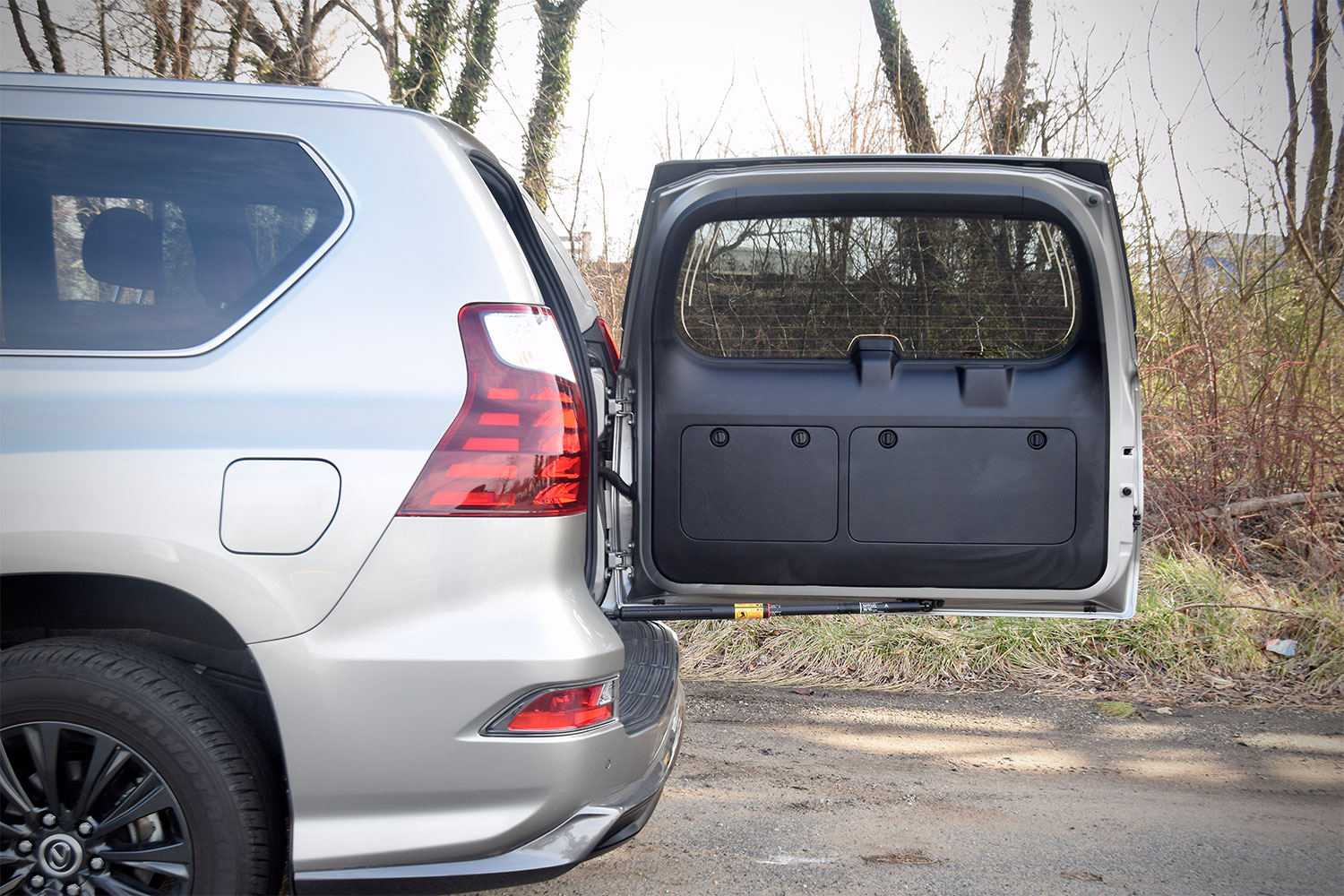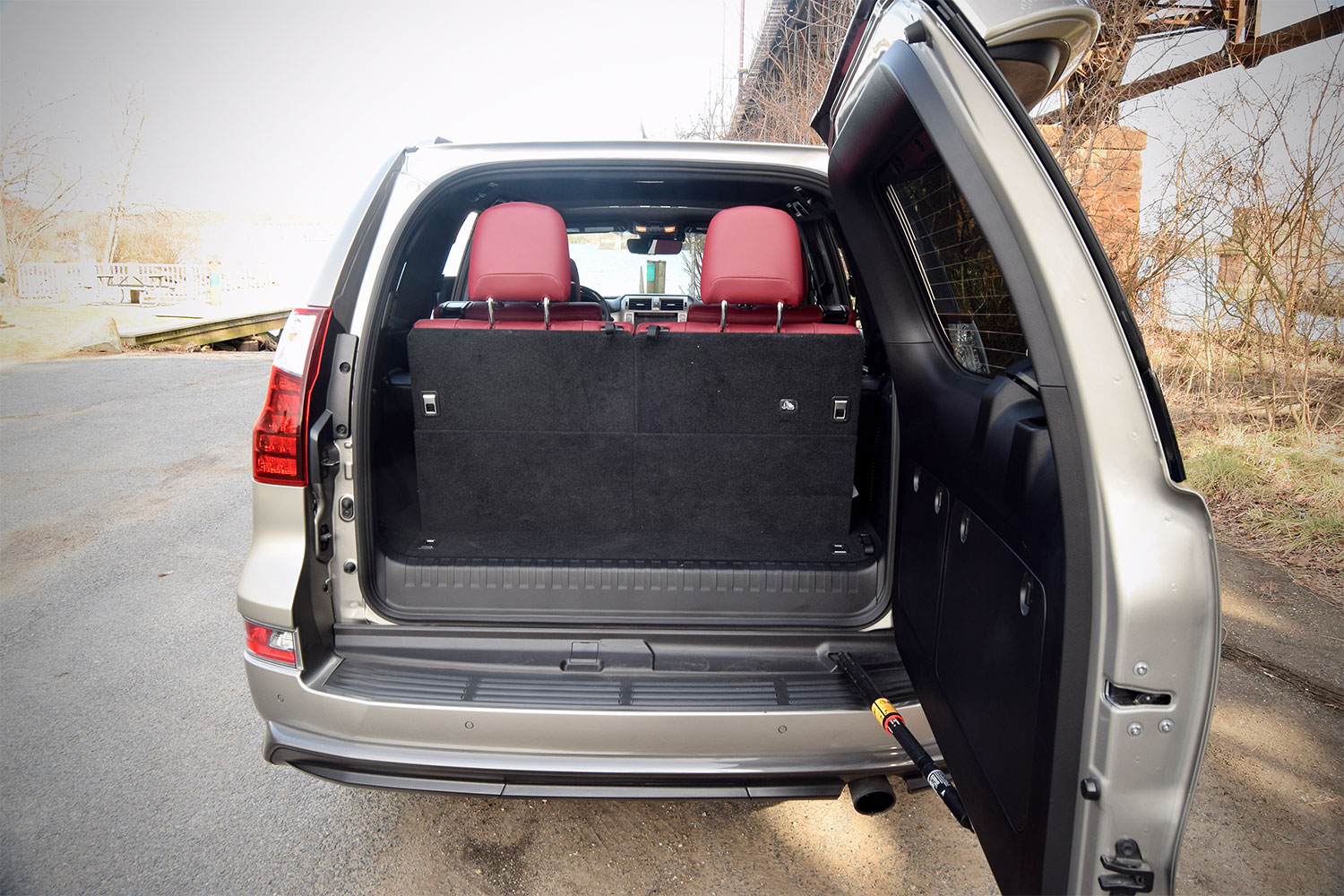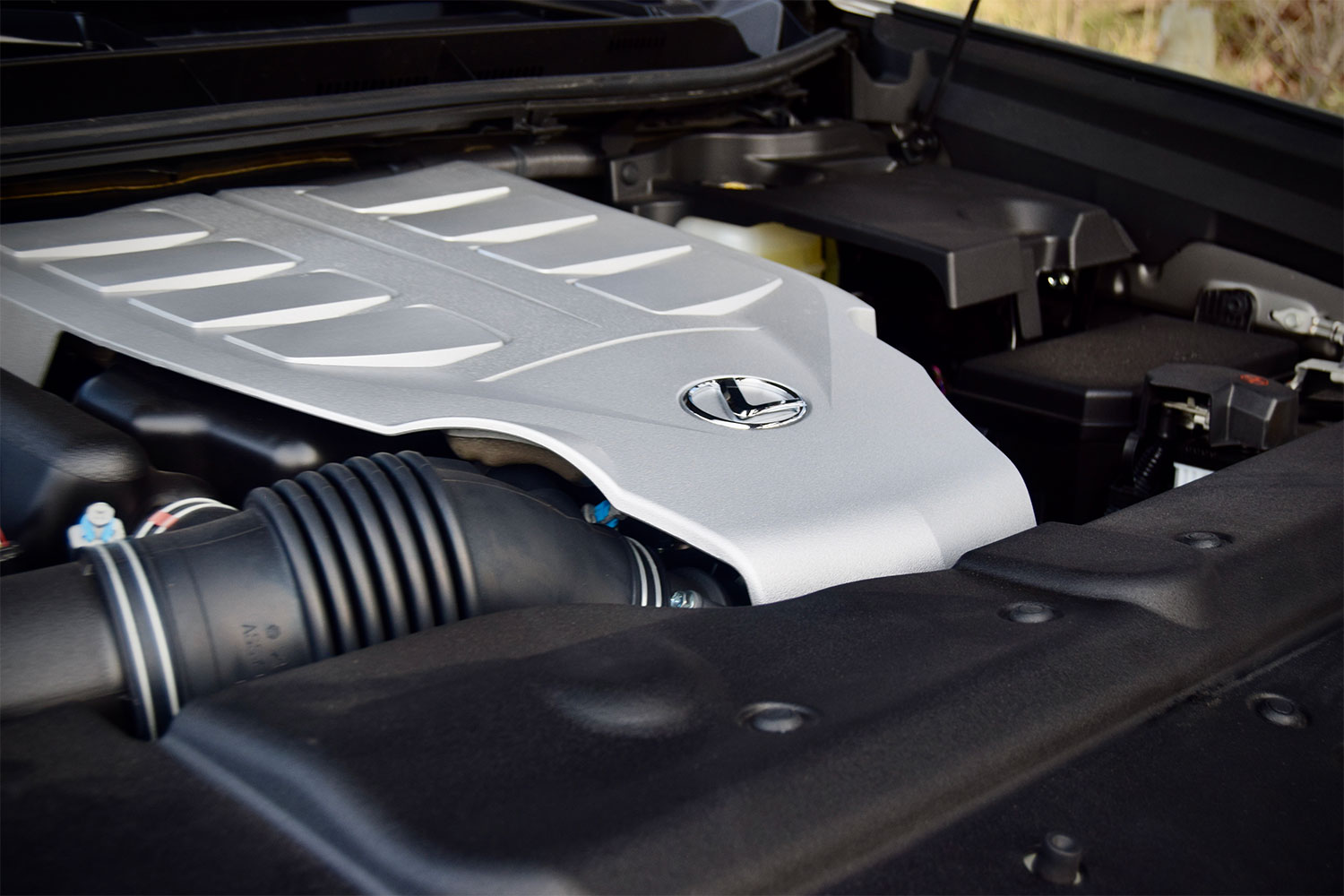SUVs of old were dramatically different from the ones you see on the road today. Back in the day, when you headed into a dealership to get an SUV, you were looking for something sturdy, something that would be able to take the kids and their friends to baseball practice, handle inclement weather without a dedicated set of tires, go off-roading on those rare family excursions, and outlive the family dog. Things like features took a back seat because what you really wanted was something simple.
Now, things are a little different. SUVs come with high-tech turbocharged engines, touchscreens that rival computer screens in size, and components that are so packed tightly together that you’ll have to play twister with your fingers to change a simple sensor. It’s not exactly a bad thing, but it’s certainly different.
If you’re like us and yearn for the days when things with SUVs were simpler, you’re probably drawn toward the likes of the Toyota 4Runner and the Jeep Wrangler. Those SUVs, by all measures, are fantastic at their craft. But both leave a little to be desired in the way of comfort and interior materials. If you’ve driven one of those SUVs and thought, “Boy, I’d really like this if it was just slightly more upscale,” then the Lexus GX 460 is aimed directly at you.
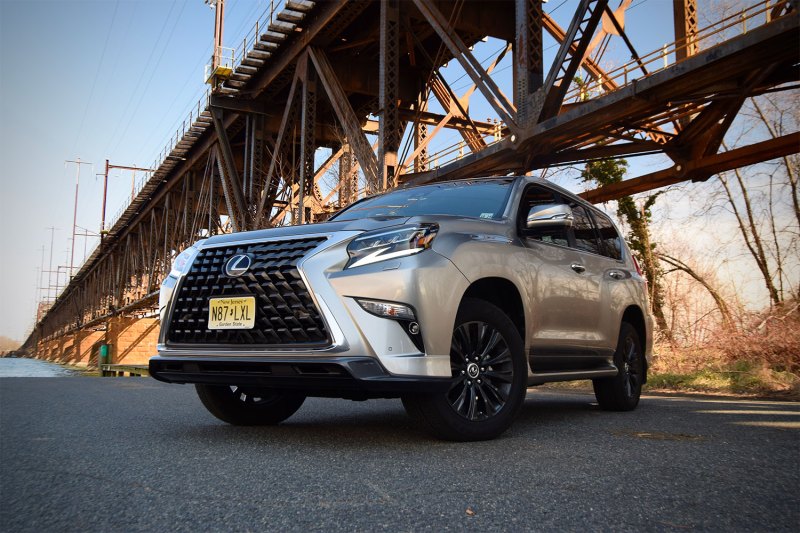
While other midsize SUVs, even luxury ones, have all but shifted toward being vehicles that help you gain a few scorned looks at Target instead of inquisitive stares on an off-road trail, the GX 460 opposes the trend. Sticking more to its mission of being a capable off-roader than a K9 German Shepherd out on patrol.
That go-anywhere-do-anything mentality is outdated, but it’s also what makes the SUV so likable. If that’s confusing, think of the GX 460 as that old rickety house in your neighborhood. You still can’t help but smile when you think about all the things that the house has been through and the fact that it’s still standing. It’s kind of like that.
The GX 460 looks old, mainly because it hasn’t changed much since 2010. At a time when automakers are seemingly updating SUVs, especially those in the midsize segment, every few years, it’s downright ancient. It also drives like an SUV from the prehistoric era. Over rough road and gravel paths, you’ll feel every little bump, and in corners, the whole SUV sways like it’s a battleship
It’s not just old in the way it drives, but on the inside, too. Modern vehicles have done away with buttons, opting to make the switch to the digital age where screens rule all. While the GX 460 comes with an 8-inch touchscreen, it barely has any features and is hilariously slow. Forget about Apple CarPlay and Android Auto — you’re trading those in for a digital compass. At least you don’t have to fiddle through multiple screens to turn the heated seats on.
And yet, despite all these things, we find ourselves drawn toward the GX 460. The SUV has a charismatic quality, a simplistic, straight-forward nature that makes it so easy to love. As a previous owner of two older 4Runners, I immediately felt at home with the GX 460. The grunty V8, the tranquil cabin, the clear sightlines, it reminds me of my recently-sold third-generation 4Runner but in a much more attractive package.
After a 90-mile cruise to get to the in-law’s, we packed up the SUV for two dogs and went to a park. In the suburbs, the SUV shines. It’s quiet and comfortable for four adults, though the second-row captain’s chairs aren’t nearly as comfortable as ones you’ll find in say the Kia Telluride, and the cargo space proved plenty spacious for two medium-sized dogs. It also gives you bragging rights over neighbors, because of the Lexus badge.
But this is not a family SUV by any means. The third row is criminally tight, the cargo space with the third row in place is nearly nonexistent, and the swinging tailgate is a major inconvenience if you have to parallel park. Yet, there I am, driving on some backcountry road on the way from the park with an SUV full of family and two dogs panting along in the back and I can’t help but smile. There’s something so honest about the GX 460 that for those that know exactly what they want – a luxury SUV with near unmatched off-roading chops and an oversimplified design – it hits the sweet spot.
Realistically, nearly every other midsize SUV on the market is a better option than the GX 460, especially when you consider the $71,240 price tag of our loaded Luxury trim. But, for those that look fondly at a mountain and think, “I would love to go up there,” or for those that want a legendary off-roader to explore nature or get a taste of what overlanding is all about, the GX 460 deserves a spot on your shortlist.
It’s not an SUV that caters to everyone, but a vehicle that appeals to a certain few that know exactly what they want. To those people, we say, buy a GX 460 while you can, because we all know what happened to dinosaurs.
